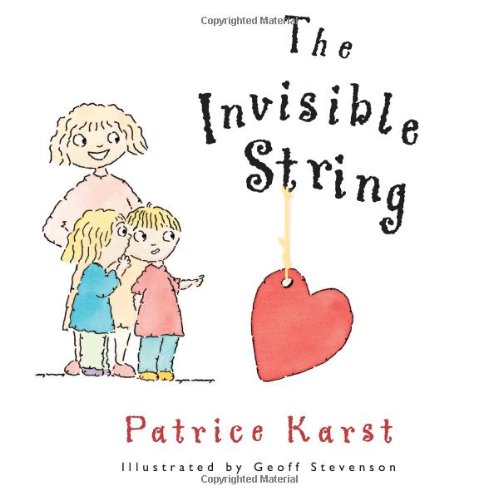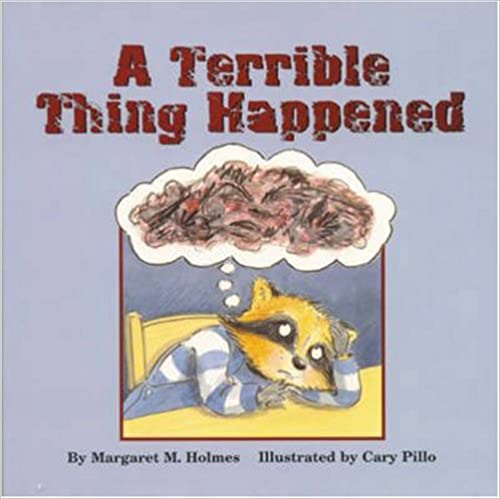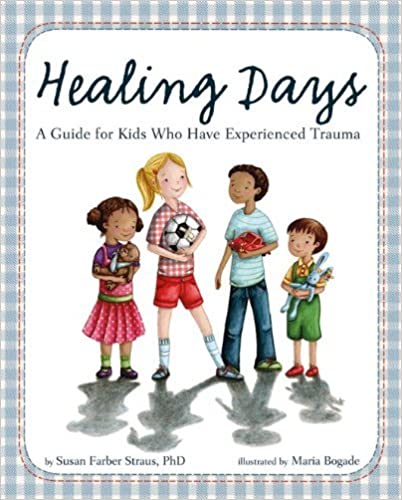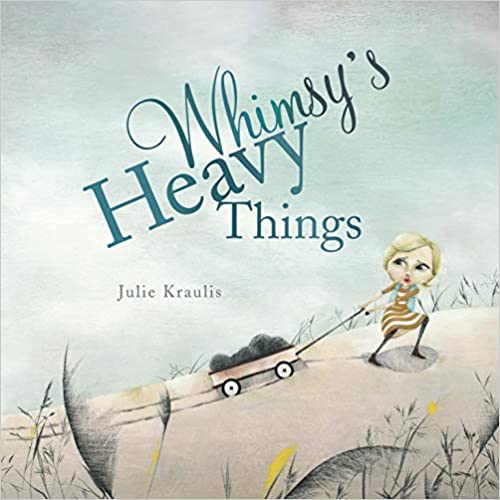Recommended Reading: Children's
If you’re a parent or guardian stuck at home with children due to the COVID-19 pandemic, you might be searching for reading recommendations. This might be especially true if you’re raising children who have experienced trauma.
When children experience trauma, the adults around them may avoid discussing it with them in order to protect them. But it’s important to teach children that pain and confusion are a part of life. The best way to help kids recover from grief and change is to encourage them to express their emotions. From our Children’s Navigator Ms. Judy, here are Palomar’s favorite children’s books for families and teachers dealing with trauma and grief.
My Yellow Balloon
Tiffany Papageorge
Tiffany Papageorge’s award-winning book My Yellow Balloon is a poignant tale of love, loss and letting go, and will serve as a powerful tool for parents, teachers, librarians, and healing professionals. My Yellow Balloon is centered on a boy named Joey and his best friend: a bright yellow balloon. Joey and his balloon do everything together, until the balloon accidentally slips of Joey’s wrist and flies far, far away.
Ages 4 – 8 years
The Invisible String
Patrice Karst
“That’s impossible,” said twins Jeremy and Liza after their Mom told them they’re all connected by this thing called an Invisible String. “What kind of string?” They asked with a puzzled look to which Mom replied, “An Invisible String made of love.” That’s where the story begins. A story that teaches of the tie that really binds. Parents and loved ones feel the tug whenever kids give it; and kids feel the tug that comes right back: the Invisible String reaches from heart to heart. Does everybody have an Invisible String? How far does it reach, anyway?
Ages 3 – Up years
A Terrible Thing Happened
Margaret Holmes and Sasha Mudlaff
Sherman Smith saw the most terrible thing happen. At first he tried to forget about it, but soon something inside him started to bother him. He felt nervous for no reason. Sometimes his stomach hurt. He had bad dreams. And he started to feel angry and do mean things, which got him in trouble. Then he met Ms. Maple, who helped him talk about the terrible thing that he had tried to forget. Now Sherman is feeling much better. This gently told and tenderly illustrated story is for children who have witnessed any kind of violent or traumatic episode, including physical abuse, school or gang violence, accidents, homicide, suicide, and natural disasters such as floods or fire. An afterword by Sasha J.
Mudlaff written for parents and other caregivers offers extensive suggestions for helping traumatized children, including a list of other sources that focus on specific events.
Ages 4 – 8 years
Healing Days: A Guide for Kids Who Have Experienced Trauma
Susan Farber Straus
Healing Days is a sensitive and reassuring story intended for children who have experienced trauma and covers the feelings, thoughts, and behaviors that many kids have after a bad and scary thing happens. A useful book to read with a parent or therapist, Healing Days emphasizes that children are not to blame for what happened, and that they can get help and look forward to a happy future. Kids will begin to understand their response to the trauma and learn some strategies for feeling safer, more relaxed, and more confident.
Ages 6 – 11 years
Whimsy's Heavy Things
Julie Kraulis
Whimsy’s heavy things are weighing her down. She tries to sweep them under the rug, but she trips over them. She tries to put them in a tree, but they fall on her. She even tries to sail them out to sea, but they always come back. Eventually Whimsy decides to deal with the heavy things one at a time… and a surprising thing happens. With exquisite illustrations and delightfully simple text, Whimsy’s Heavy Things is a sweet story about changing the things that weigh us down into the things that lift us up.
Ages 4 – 6 years







